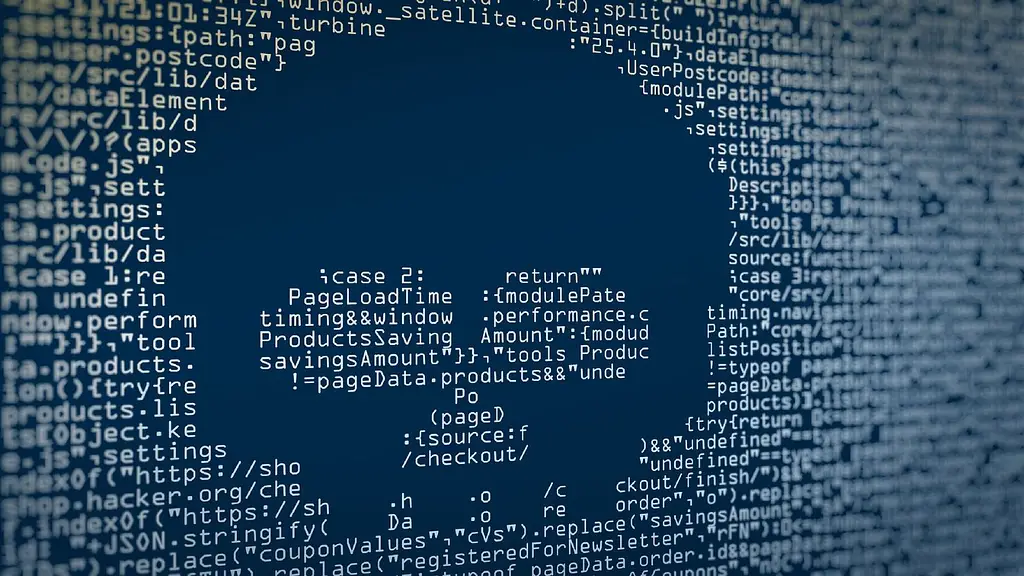The Fight Against Malware: Expert Tips to Remove WordPress Infections
September 22, 2023

The Fight Against Malware: Expert Tips to Remove WordPress Infections
Introduction:
As the popularity of WordPress continues to grow, hackers are increasingly targeting WordPress websites to spread malware and gain unauthorized access. Malware infections can have serious consequences, including data breaches, loss of customer trust, and damage to your website’s reputation. However, with the right knowledge and tools, you can detect and remove malware from your WordPress website effectively. In this article, we will provide expert tips to help you fight against malware and keep your WordPress site secure.
I. Understanding Malware infections:
1. What is malware?
Malware is a term used to describe malicious software that is designed to damage or gain unauthorized access to a computer system or network. Malware can infect WordPress websites through various means, including vulnerable themes or plugins, outdated software, insecure passwords, and more.
2. How does malware infect WordPress websites?
Malware can infect WordPress websites through different types of attacks, including:
– Backdoor attacks: Hackers can create a hidden backdoor on your website, allowing them to gain unauthorized access and control over it.
– SQL injection attacks: Hackers can exploit vulnerabilities in your WordPress database to execute malicious SQL queries and gain access to your website’s data.
– Phishing attacks: Hackers can clone your website to trick users into providing their personal information or login credentials.
– Malicious plugins and themes: Hackers can create or modify plugins and themes to include malicious code, which infects your website when installed.
II. Detecting Malware infections:
1. Signs of a malware infection:
Common signs of a malware infection in WordPress websites include:
– Unusual redirects: Visitors may be redirected to malicious websites or ads without their consent.
– Slow website performance: Malware infections can cause your website to slow down significantly.
– Suspicious files and code: Malware can add or modify files, inject malicious code, or create hidden backdoors.
– Unexpected pop-ups and advertisements: Malware may generate intrusive pop-ups, ads, or unwanted content on your website.
– Blacklisting by search engines: If your website is infected, search engines may blacklist it, warning users of potential Malware infections.
2. Tools to detect malware:
To detect malware on your WordPress website, you can utilize various tools, including:
– Security plugins: Install a reputable security plugin like WP Fix it, Wordfence, or iThemes Security, which can scan your website for malware and perform regular security checks.
– Online scanners: Tools like VirusTotal, Quttera, and SiteGuarding can scan your website for malware by analyzing your website’s files and code.
III. Removing Malware infections:
1. Backup your website:
Before attempting to remove malware, it is essential to make a backup of your website. Backups ensure that you have a safe copy of your website in case anything goes wrong during the malware removal process.
2. Isolate and take down your website:
To prevent further damage, isolate your infected website by taking it down temporarily. This can be done by setting up a maintenance page or redirecting traffic to a safe landing page. Temporarily disabling your website will stop the spread of malware and provide you time to clean it up.
3. Analyze and identify the source of infection:
Once your website is isolated, it is crucial to identify the source and entry point of the malware infection. Analyze your website’s files, code, and server logs to determine how the malware entered.
4. Scan and remove malware:
Using a security plugin or online scanner, perform a thorough scan of your website’s files and database for any Malware infections. If any malware is detected, follow the instructions provided by the scanner or consider seeking professional assistance to remove the malware safely.
5. Update and secure your website:
After removing malware, it is essential to update your WordPress core, themes, and plugins to their latest versions. Regularly update your website to ensure you have the latest security patches and fixes in place. Also, consider using strong passwords and two-factor authentication to add an extra layer of security to your website.
Conclusion:
Fighting against malware is an ongoing battle for website owners, especially those using WordPress. By understanding how malware infects WordPress websites, detecting infections early, and following the steps to remove malware, you can protect your website and keep it secure. Regularly updating and securing your website is crucial to prevent future infections. Stay vigilant, stay protected.
FAQs:
Q1. Can I prevent Malware infections on my WordPress website?
Yes, you can prevent Malware infections by following security best practices such as keeping your WordPress core, themes, and plugins updated, using strong passwords, and regularly scanning your website for vulnerabilities.
Q2. How often should I scan my WordPress website for malware?
It is recommended to scan your WordPress website for malware regularly, at least once a week. However, if you frequently update your website’s content or install new plugins/themes, it is advisable to scan more frequently.
Q3. I found malware on my WordPress website. Can I remove it myself?
While some Malware infections can be removed manually, it is recommended to seek professional assistance to ensure the safe and complete removal of malware. Professionals have the expertise and tools to handle complex Malware infections.
Q4. Can I rely solely on security plugins to protect my WordPress website?
While security plugins provide essential security features, they should not be the only line of defense for your WordPress website. Implementing additional security measures, such as strong passwords, regular updates, and backups, is crucial to maintain a secure website.
Q5. What should I do if my WordPress website gets blacklisted by search engines?
If your WordPress website gets blacklisted by search engines due to Malware infections, you need to clean up your website thoroughly, remove the malware, and submit a reconsideration request to the respective search engines for review and removal from their blacklist.

